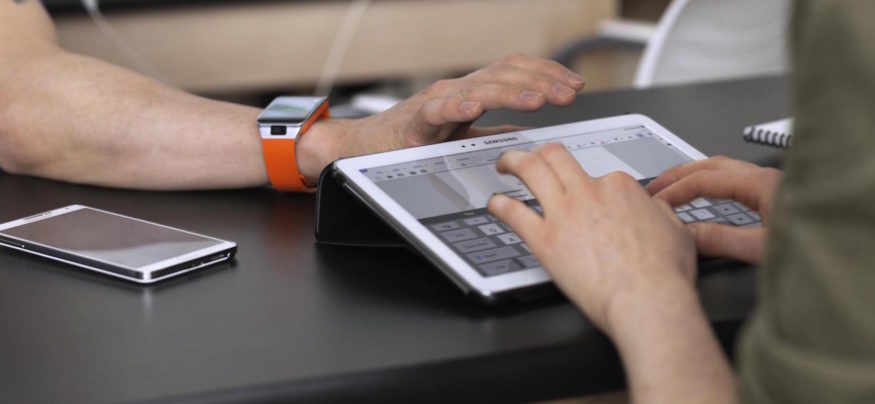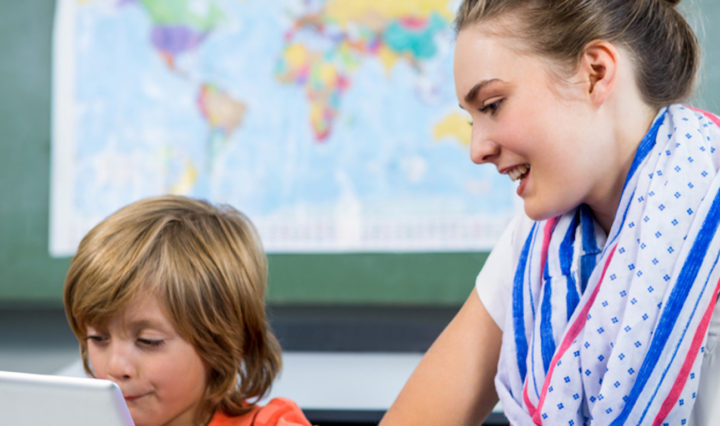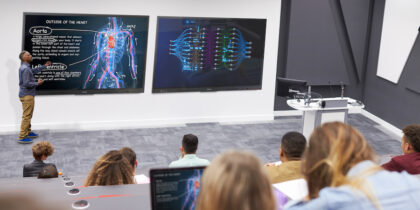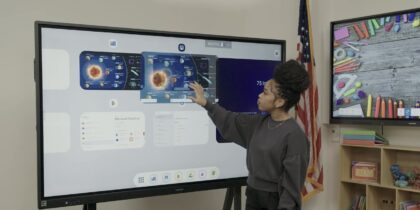Children come to school with very different needs and abilities, and millions of students struggle with basic reading or math skills. If teachers had more time to work with their students one-on-one, they would learn exactly where each child is having trouble. Often, that’s not always possible in a typical classroom setting — but this is where adaptive learning can help.
Based on machine learning and artificial intelligence technologies, adaptive learning software can adjust to how students are performing in real time, changing the education model by anticipating and then delivering the specific types of learning content that students need to progress. The software acts like an intelligent tutor that responds dynamically to each child’s needs and abilities, supplementing the instruction that a teacher provides — and giving struggling students the personalized attention they need to succeed.
Unique Learning Paths for Each Student
The New Media Consortium’s 2015 K-12 Horizon Report identified adaptive learning as one of the technologies that’s likely to reach a critical mass of adoption in K-12 schools within the next few years.
“Schools across the globe are increasingly recognizing that the one-size-fits-all approach to teaching alienates students who are struggling with specific concepts — along with students who are grasping the material more quickly than their peers,” the report says. “Teachers rarely have the capacity to design assignments that uniquely cater to every student … and adaptive learning technologies provide a potential pathway for tailoring educational opportunities.”
Forbes notes one example of this new technology — McGraw-Hill Education’s ALEKS. This artificially intelligent software can diagnose precisely what a student knows and doesn’t know, then create an appropriate learning path that leads the student toward a better understanding of the material. Working on a Chromebook or tablet or another digital device, students answer free-response questions that help the program hone in on their skills. The software then determines what students already know and what they’re ready to learn next, and devises unique learning paths for each student, presenting different content for each child until they’ve mastered the topic.
Evidence of success with the technology so far remains largely anecdotal. However, according to EdWeek, a middle school in South Carolina attributes a rise in student engagement and test scores to its use of ALEKS — and Slate reports that a Wisconsin charter school with a focus on STEM education reportedly had such success with ALEKS that it even “redirected funding from a full-time educational position to buy more digital assessment materials.”
Personalized instruction is changing education.
See how Samsung and Pearson have teamed up to offer a personalized literacy solution for schools. Download Now
There’s No Replacement for Teachers
As machine learning technologies become more pervasive in the classroom, Forbes notes that we will start to see education evolve into a service that delivers products that not only customize learning, but also give teachers more insight into student performance, allowing them to tailor their instruction more effectively.
“The data that comes out of these platforms might reveal to the teacher or school that a specific concept isn’t being understood well,” says Samantha Adams Becker, senior director of communications for the New Media Consortium. “That not only enables the platform to serve up better content, but it helps the humans involved to design better curriculum or lesson plans based on how students are performing.”
Adaptive learning software is not intended to replace a teacher; instead, it serves as an extension of the teacher’s presence in the classroom, while also helping teachers be more effective when they are working with students one on one or in small groups.
Karon Brown, VP of instruction at Voyager Sopris Learning, whose Velocity platform is an adaptive learning program for teaching K-5 literacy, says the software gives teachers more time and support to do what they do best, and which a computer can’t do — make a personal connection with students.
Looking for ways to increase student participation and collaboration? Samsung’s full line of educational technology solutions deliver powerful interactive learning tools for the classroom.








